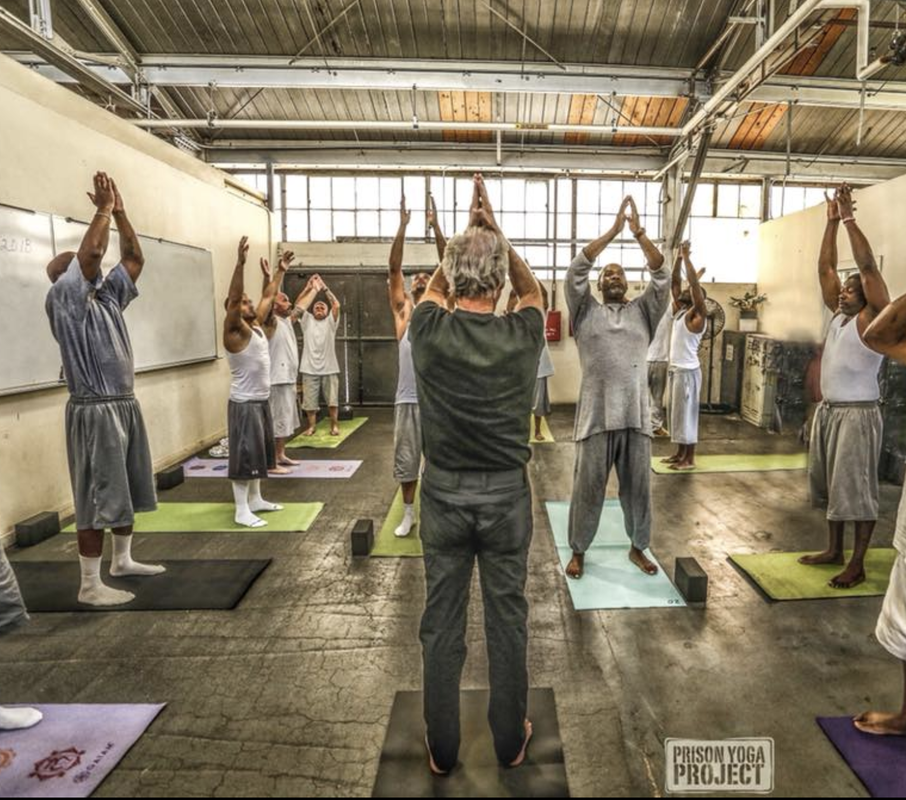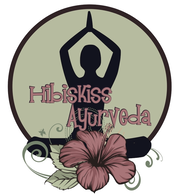|
The size and breadth of the prison population is substantial in the United States of America. Unfortunately, that is likely to continue for some time even with current political changes that may reduce some mass incarceration. As public policy continues to grapple with mental and physical health resources as well as rehabilitation programs, Ayurveda can provide a unique set of solutions to address those issues. This is based on the fundamentals and approach of Ayurveda which is grounded in self-reflection, tradition and diversity. While it does not conflict with science or modern medicine, it focuses on more cost effective and natural approaches which should enhance the ability of prisons to deal with improving the mental and physical health as well as rehabilitation of people whom are incarcerated.
Lets start by defining what Ayurveda is. Ayurveda is a comprehensive natural healing system that includes mental, physical, emotional, and spiritual health. The term Ayurveda is made from two Sanskrit words, ‘ayur’ meaning life and longevity, and ‘veda’ meaning wisdom, science, and knowledge. Ayurveda translates to “the science of life” or the “knowledge of longevity”. Ayurveda is an indigenous medicine rooting from India, with its origins stemming back over five thousand years. Often referred to as the “mother of all healing,” Ayurveda may be the oldest health care system in the world. It is not only a medical system, but also a framework for living a healthy life with a peaceful mind. Ayurveda works wonders for both chronic and acute imbalances because it addresses the root cause of the problem, not just the symptoms. Ayurveda also gives us guidance on how to live day-to-day, in sound health, with a focus on prevention. Since Ayurveda is based in nature, its treatment methods aim to restore balance naturally through:
Working with the principles of Ayurveda is fairly simple, once you understand the basics. One lovely aspect about Ayurveda is that with a little knowledge you can accomplish a lot. However, one difference between Ayurveda and other systems of medicine is that YOU have to take an active role in your health. With this as an overview the following represents the modalities in which Ayurveda provides a means of achieving the goals of cost effective and health effective support for the incarcerated population. Ayurveda uses a variety of tools that may be of value to an individual who is incarcerated. A few of these may include:
Dincharya is the ideal daily Ayurvedic routine and rituals. By creating a new life routine, we set new intentions for ourselves in order to create the life we want, not the life incarceration has created for us. Finding ways to incorporate Ayurvedic rituals into daily life in a realistic way is key to having continued success in mental and physical health. "We are what we think. All that we are arises with our thoughts. With our thoughts we make the world." ~ Buddha. In sanskrit, prana translates as 'breath' or 'life force', and the term ayama means 'to restrain or control the prana, so pranayama refers to the practice of 'breath control'. Yogic Breathing techniques help us to develop an understanding or our diaphragmatic and thoracic breathing. The practice fills the lungs with fresh air, helps with temperature regulation, plays an important role in the absorption of oxygen and assists with the removal of toxins and impurities found within the blood stream and body. A simple breathing technique that can be used to calm the nervous system is alternate nostril breathing. To practice this breath, create a peace symbol with your dominant hand, then lower the peace sign (index and middle finger) and raise the thumb, ring and pinky fingers. With your palm facing you, close off the right nostril with your thumb, exhaling through the left. Inhale through the left nostril, then close off the left nostril at the top of the breath with your ring finger, release your thumb from the right nostril to open for the exhale. Repeat back and forth, alternating nostrils. End the practice exhaling through the left nostril. This alternate nostril breathing balances both the right and left hemispheres of the brain and sends signals throughout the body to calm the nervous system. Yoga is a sister science of Ayurveda and means "union". While controlling the breath is one step to maintaining control over one's being, yoga brings the breath, body and mind into alignment calming the nervous system in its entirety. It is a nonjudgmental practice that is done on a mat using principles that are carried off the mat into the rest of the world. One very simple yoga posture that can be done in a prison cell is legs-up-the-wall. This is a helpful posture for back pain and elicits a relaxation response for the rest of the body. A different form of yoga, called Laughter Yoga is another simple practice that anyone can participate in. Laughter truly is the best medicine! Laughter Yoga is a simple yet profound way to promote mental and physical health. This practice involves prolonged voluntary laughter, in which it is thought to derive the same physiological and psychological health benefits than that of spontaneous laughter. Benefits include:
Diet is addressed in Ayurveda according to the season and individual bodily makeup. If you are feeling anxious, eating warm root vegetables will assist in grounding the energy. Oppositely, if you are feeling lethargy, eating pungent and light foods will assist systems of the body in movement. In Ayurveda it is always best to eat fresh foods that have the least amount of processing. The most important action one can take towards their food is blessing it with gratitude, no matter what the ingredients might be. If food choices are limited, you always have control of the intention you give your meal. Eat slowly, sitting down and chew food thoroughly and with mindfulness. Meditation involves the gradual shutting down of all the body’s sensory channels, to learn to sit with oneself in stillness. It is meant as a means to turn inward and connect to a unified source, to find a way to bring a quiet moment of peace whenever it is needed. A simple sitting meditation called “so-hum” can teach an individual to bring their attention back to their breath, over and over again. Repeating in the mind “so” on the inhale, and “hum” on the exhale. “So-hum” in English translates to “I am”. Whenever there is conflict, return to the breath, and the mantra “so-hum”. Ayurveda helps individuals to accept life as it is, and to flow with the rhythms of nature rather than reject or fight against them. Once acceptance has been achieved, moving through the nuances of daily life is less of a struggle. Mindful decisions can be made to persuade the energies around us, and to bring joy and positivity into the forefront of our daily activities. In Ayurveda we discuss the philosophy of karma, meaning action, work or deed; it also refers to the spiritual principle of cause and effect where intent and actions of an individual (cause) influence the future of that individual (effect). Developing good intent and good deeds contribute to good karma and future happiness, while developing bad intent and bad deeds contribute to bad karma and future suffering. While being incarcerated is obviously extremely limiting in numerous ways, Ayurveda can assist individuals with tools to help them regain control of their body, mind and spirit. Photo Credit: Robert Sturman
0 Comments
Leave a Reply. |
AuthorLearn more about Prema Shakti at www.premashakti.guru Archives
April 2022
Categories |

 RSS Feed
RSS Feed
